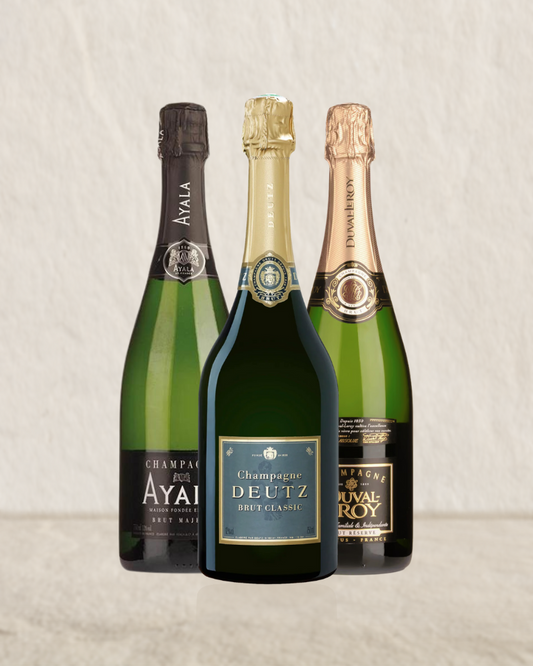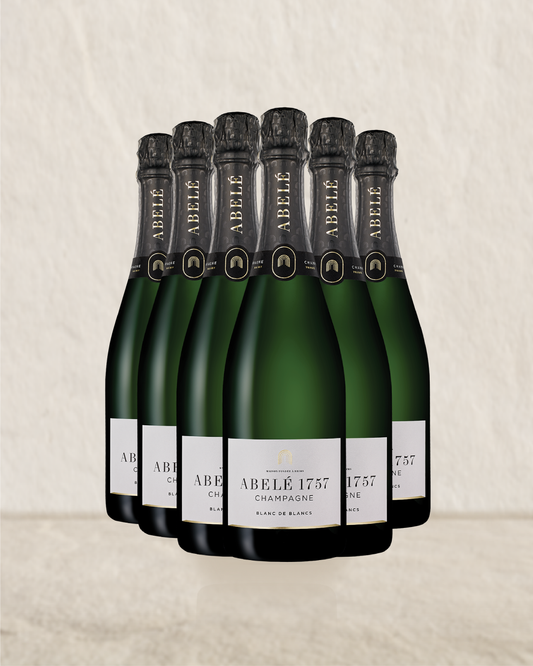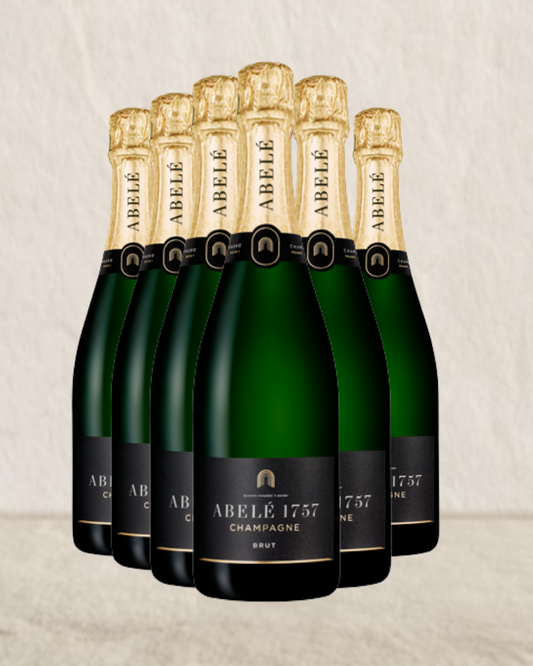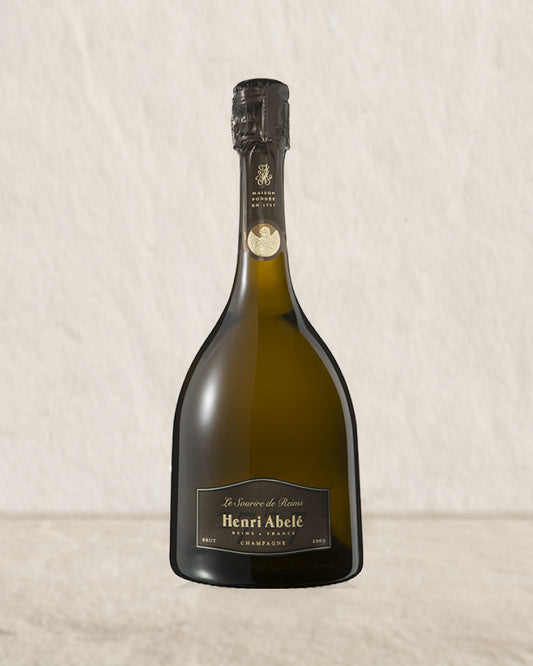Environmental Viticulture in Champagne
There was a time when the vineyards of Champagne were once littered with the rubbish of Paris and Rheims. Deliberately scattered throughout, it was seen as a natural, inexpensive source of fertilizer. Managing director of Louis Roederer, Jean-Claude Rouzard commented that ‘We in Champagne were once the worst polluters in the world’, this has all changed and there is a new resolve within the area. The aim is to become the most environmentally-friendly region in the world. New initiatives are being employed, to become more environmentally aware, and to preserve and protect their unique terroir, for generations to come.
There has been a global trend towards more eco- friendly viticultural practices in all of the world’s greatest vineyards. Methods such as bio-dynamics, integrated pest management, organic and sustainable viticulture are just some of the options employed in helping to preserve and maintain the life of the vineyard.
A more ambitious crusade has been undertaken in Champagne that seeks not just to convert individual vineyards, but the whole of the region to more sustainable practices. There may have been a time when the vineyards of Champagne were scattered with bleus des villes (the blue plastic from the rubbish sacks), however now they are strongly focused on becoming ‘green’.
In 2001 the ‘Comite Interprofessionnel du Vin de Champagne’ (CIVC) launched their viticulture raisonnee’ program. The aim; to promote more environmentally friendly methods of production, sustainable over the long term. Daniel Lorson of the CIVC is keen to stress that this is not something new and that: “this is an evolution, not a revolution. In Champagne we have been using biodynamic methods for more than ten years.”
The term 'viticulture raisonnee’ loosely translates as a ‘reasoned’ or a ‘thought through’ viticultural regime. As opposed to regimes which systematically treat vineyards, this seeks to treat only as, when and where necessary with a much greater respect for the environment as a whole.
The program which had been in the planning stages since the mid-eighties saw its major launch in January 2001, with the release of three publications sent to all 15,000 growers in Champagne. The three guides were:
- The ‘Referentiel technique’, affectionately known by the CIVC as la bible, explaining all the basic principles and techniques. Under the various sub-sections, the book is broken down into three categorizations:
A. Reglementations-new regulatory requirements.
B. Obligations- options for growers who wish to take the system further.
C. Recommendations- for those who wish to take the system further still. - The second publication was the ‘Autodiagnostic de l’exploitation’, a manual allowing the grower to self monitor and analyze how much they comply with the ‘Referential technique’, and even give themselves a score if they so wish.
- and thirdly the ‘Guide practique’, a practical reference work that has been published and updated over the last ten years, becoming greener and more environmentally conscious with each edition, which will now be revised every year.
The first two publications will be re-issued periodically to include the latest regulations and recommendations.These manuals come with detailed practices which the growers can employ throughout the growing cycle. The plan is detailed and extensive, covering all aspects of viticulture from the use of treatments, to dealing with spring frosts, integrated pest management, and erosion protection. Full compliance will satisfy many of the requirements for ISO 14000, the International Standard for environmentally-friendly viticulture.
The question of course is how effective will the system be, and to what extent will 'viticulture raisonnee’ be taken up by the Champenois. Initially 1,000 ‘autodiagnostic de l’expoitation’ booklets were sent out and growers involved were asked to fill out the questionnaire anonymously. The results were encouraging for everyone concerned. 90% of respondents said they were in favour of the initiative, and would adopt the new recommendations over the next five years.
There is no doubt that many in the region see this as the only way forward. Some producers have taken the initiative even further. Champagne Pommery has not only achieved ISO14000 (for the environment) but also ISO9000 (for good business practices) and this was achieved back in 1997. The pressure against non-compliers from their neighbours will be strong. It may well be that non-compliance may even lead to a loss of AC status. CIVC director Daniel Lorson stated, ‘you will have to be environmentally friendly or you will disappear.
Obviously some have reservations of the new scheme, and it is not any aversion to greener viticulture, but that there may be reduced yields if followed. There is a fear amongst some of the older growers, that they may not have enough grapes-a situation that happened only 20 and thirty years ago. This will be an issue of education, to show that higher quality can be achieved with reduced quantities, while still reaching the maximum permitted yield. It is hoped that the blocage system will also put their minds at rest. While allowing growers to harvest more than the permitted yield in good vintages, and allowing the reserves to be stored as vins clairs (still base wines yet to go through secondary fermentation), will enrich growers with their own quality reserves. The very good 1998, 1999, and 2000 vintages have seen reserves in the region increase to a healthy level in excess of 126 million bottles.
Another major CIVC program that will help assist in promoting 'raisonnee viticulture’ is Le Zonage. Begun in 1991 and still ongoing today, is the mapping of the Champagne region in respect to terroir; highlighting climate, soil, subsoil and topography. By utilizing these maps the growers can see where changes need to be made. They are now aware of what areas are prone to erosion, so ‘grassing over’ can be carried out to help avoid the problem. There is also a greater understanding of soil types which assists in the selection of the most appropriate rootstock (3309C, SO4, or 161-49C). Armed with this knowledge and a better understanding of the various unique terroirs, will assist in the promotion of long term sustainable viticulture.
It is the unique and precious terroir of Champagne that separates it from all other regions. It is truly individual, and no matter how good some other sparkling wines may become, it is the special terroir, that raises Champagne above all others. The more that viticulture raisonnee’ is adopted in Champagne, the better the expression and preservation of that terroir shall be, for generations to come.







